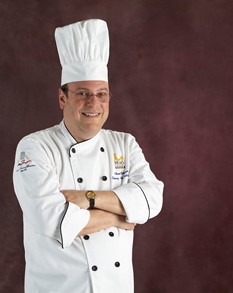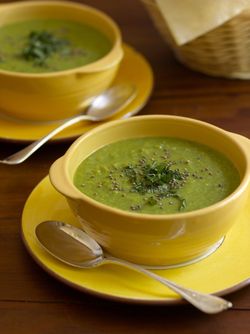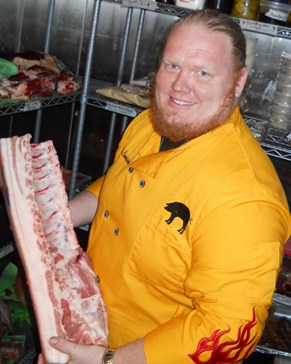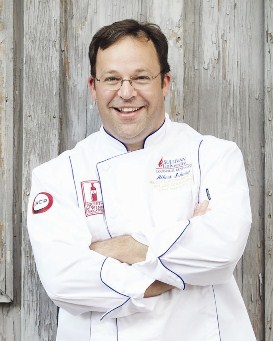Culinary Research Center Meets Formulation Needs for Fats and Oils
Sunday, 03 June 2012 07:44
 As foodservice operators and food manufacturers aim to remove trans fats and reduce saturated fats from foods, functionality and taste will remain the top priorities. This means that ingredient companies must provide more than simple drop-in solutions to solve food-industry problems. Research, education and culinary support are essential for food companies to offer healthier products. To develop a new product or improve the nutrition profile of a customer’s favorite food, companies can now look to ingredient partners for culinary resources and expertise.
As foodservice operators and food manufacturers aim to remove trans fats and reduce saturated fats from foods, functionality and taste will remain the top priorities. This means that ingredient companies must provide more than simple drop-in solutions to solve food-industry problems. Research, education and culinary support are essential for food companies to offer healthier products. To develop a new product or improve the nutrition profile of a customer’s favorite food, companies can now look to ingredient partners for culinary resources and expertise.

 There are many different ways that healthier options can be made available to students in school cafeterias. It is up to culinary educators to take action and make these changes happen.
There are many different ways that healthier options can be made available to students in school cafeterias. It is up to culinary educators to take action and make these changes happen. Giuseppe Ricciardi took a big risk by opening a second operation next to the longstanding Fairfax favorite he’d owned since 1994. But that bet, like his other restaurant ventures, is paying off.
Giuseppe Ricciardi took a big risk by opening a second operation next to the longstanding Fairfax favorite he’d owned since 1994. But that bet, like his other restaurant ventures, is paying off. Continuing the theme of “connecting” from last month, this month Dr. Mayo asks us to consider the value of the four Ps.
Continuing the theme of “connecting” from last month, this month Dr. Mayo asks us to consider the value of the four Ps. Here are the first five of 10 critical things you must teach your students if you truly want them to earn gainful employment.
Here are the first five of 10 critical things you must teach your students if you truly want them to earn gainful employment. Thai Fresh Pea Soup is merely one delicious creation that capitalizes on the fresh bounty of the season.
Thai Fresh Pea Soup is merely one delicious creation that capitalizes on the fresh bounty of the season. Dylan Lipe of Sweet Baby Ray’s Restaurants & Catering was born to barbecue.
Dylan Lipe of Sweet Baby Ray’s Restaurants & Catering was born to barbecue. At The Culinary Institute of America, a final-semester project to plan and execute an event marketed to the public is one of the most rewarding parts of students’ educations.
At The Culinary Institute of America, a final-semester project to plan and execute an event marketed to the public is one of the most rewarding parts of students’ educations. Many students arrive for class thinking they don’t need to know about beverage because they deal with food. Here’s why they’re wrong.
Many students arrive for class thinking they don’t need to know about beverage because they deal with food. Here’s why they’re wrong.